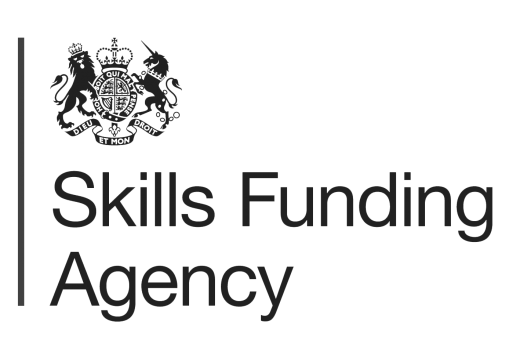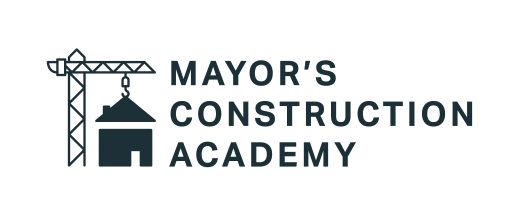New & Expectant Mothers at Work Training
Our New & Expectant Mothers training course provides employees and employers with the relevant information for handling a return to work post-pregnancy, as well as any considerations that should be made for expectant mothers.
Introduction
Our comprehensive New and Expectant Mothers training programme provides learners with everything they need to know about returning to work post pregnancy, as well as considerations for expectant mothers.
Learning Outcomes
- Recognise the need for risk assessments to be performed when an employee is pregnant.
- Learn what you must consider when carrying out a risk assessment.
- Understand the rights surrounding maternity/paternity leave, pay and maternity allowance.
Course Structure
This training course is broken down into 3 sections.
Risk Assessments for New & Expectant Mothers
Workplace Risks
Equality and Employment Law
Course Overview
It’s important that the workplace is safe for everyone, but special consideration must be made for the safety of new and expectant mothers at work.
Every year around 350,000 women in the UK continue to work after becoming pregnant and around 250,000 return to work after having their baby.
Our New & Expectant Mothers Training Course has been designed to be used by employers, managers, expectant mothers, and women returning to work after having a baby. It identifies the increased risks that pregnant women and new mothers may face and includes simple strategies for dealing with them practically in the workplace.
It also highlights the various risk assessments that need to be performed, as well as the maternity rights, leave, pay and maternity allowance.
In 2016 the Citizens Advice Bureau reported that it had seen a 58% increase in maternity leave queries in just 2 years! Take a look at the 10 most common examples of workplace maternity discrimination and make sure you avoid any similar scenarios with our New and Expectant Mothers at Work Training.
Available in 28 languages
ALL INCLUSIVE
Machine translated* content is included for free with all of our popular courses.
It covers LMS navigation, course transcripts and test questions. If you don't see a course listed in the language you require, just let us know.
*Content which is not English may be machine translated and is for assistive purposes only. We cannot guarantee the accuracy of translations.
New & Expectant Mothers certificate
All of our courses end with a multiple-choice test to measure your knowledge of the material.
New & Expectant Mothers Training concludes with a 20-question multiple choice test with a printable certificate. In addition, short in-course questionnaires will guide you through the sections of the training, which are designed to reinforce learning and ensure maximum engagement throughout.
As well as printable user certificates, training progress and results are all stored centrally in your LMS (Learning Management System). This can be accessed at any time to reprint certificates, check & set pass marks, and serve as proof of commitment to ongoing legal compliance.
What does my certificate include?
Your New & Expectant Mothers Training Certificate includes your name, company name (if applicable), name of course taken, pass percentage, date of completion, expiry date and stamps of approval or accreditations by recognised authorities.
Please note, if you are using our course content via SCORM in a third party LMS, then we are unable to provide certificates and you will need to generate these yourself in your host LMS.
Why is New & Expectant Mothers Training Important?
It's important that you comply with the law and know the ways in which it affects you and the way you work.
The Maternity and Parental Leave Regulations 1999
The Maternity and Parental Leave Regulations came into action on the 15th of December, 1999. This legislation clearly states that expectant parents are legally entitled to parental leave, as well as more information on:
- Unfair dismissals
- Extent of entitlement
- Protection from detriment and discrimination
- Pay
- Contractual rights
(1) An employee is entitled to ordinary maternity leave provided that she satisfies the following conditions— (a) At least 21 days before the date on which she intends her ordinary maternity leave period to start, or, if that is not reasonably practicable, as soon as is reasonably practicable, she notifies her employer of— (i) Her pregnancy; (ii) The expected week of childbirth, and (iii) The date on which she intends her ordinary maternity leave period to start, and (b) If requested to do so by her employer, she produces for his inspection a certificate from— (i) A registered medical practitioner, or (ii) A registered midwife, stating the expected week of childbirth. The Maternity and Parental Leave Regulations 1999
Benefits to Your Business
Our New & Expectant Mothers at Work Training provides you with the tools you need to make the workplace safer for pregnant women and those returning to work after giving birth.
It outlines the many risks faced by new and expectant mothers, so that you can manage them practically, to stay legally compliant.
It also covers maternity rights, leave, pay, and maternity allowance. This equips you with the information needed to avoid workplace maternity discrimination, which often increases staff turnover and can lead to employment tribunal claims.





